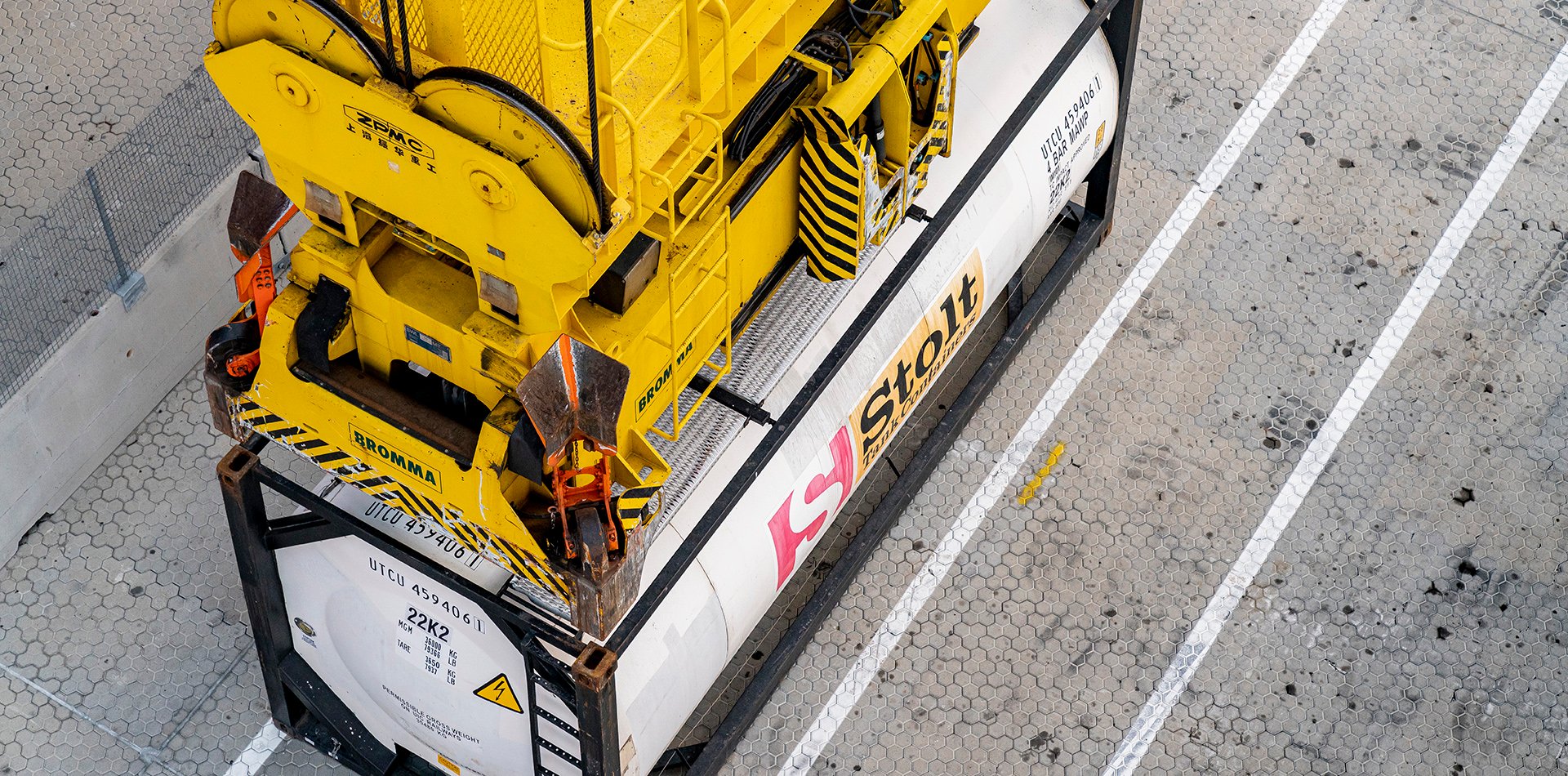Do you have any questions about emissions reporting? Find answers here.
-
Where do STC’s emissions calculations come from?Emissions calculations are unique to each quote depending on:
• the modes of transport used
• the weight of the product and container
• the distance travelled.
We use EcoTransIt, a widely accredited software tool, to ensure these emissions estimates are accurate and reliable. The measurement and frameworks used are accredited by Smart Freight Centre in accordance with the GLEC Framework, and also meet the requirements of EN 16258 and the GHG protocol Corporate Standard.
For more information, read EcoTransIt's FAQ.
-
How can customers access mySTC reporting?Customers can request to be added as a user to the mySTC carbon emissions tool. This self-service tool allows them to access the emissions per lane of preference whenever they choose.
Read the FAQs on our website for more information. -
What does the mySTC report include?The mySTC report includes carbon dioxide (CO2) and greenhouse gas (GHG) emissions in totals (CO2e tonnes) and in tonne per kilometre (g CO2e/tkm), both in tank to wheel (TTW) and well to wheel (WTW). It also includes the air pollutants’ emissions: non-methane hydrocarbon (NMHC), nitrogen oxides (NOx), particulate matter 10 micrometers (PM10) and sulphur dioxide (SO2) in kilogrammes (kg). The mySTC report gives you also the Primary energy MJ, indicating the resource consumption prior conversion, and the transport performance, indicating the freight (tonnes) moved by transport (km), in both TTW and WTW.
For more information, please take a look at here and here.
-
Is it possible to see the emissions per modality?The mySTC report gives you the total emissions from loading to unloading point. For more information on modality level please reach out to your local sales representative or mystc@stolt.com
-
Why are customers’ emissions stated in both grams of CO2e/tkm and CO2e tonnes?Grams of carbon dioxide equivalent per tonne kilometre (CO2e/tkm), measures the CO2e emitted for one tonne of goods, including tare weights of intermodal transport units. It shows how efficiently goods are transported for a given mode of transport (road, rail, inland water way, sea). However, for road transport, following the GLEC framework, only the mass of the product weight is considered over a distance of one kilometre. This allows the customer to compare and measure, in a consistent and standardised manner, the global warming impact of different greenhouse gases.
Emissions are also stated in CO2e tonnes to enable the customer to measure the total amount (absolute) of GHG emissions generated from transporting products from Loading to Unloading for a given mode(s) of transport.
-
Why are customers’ emissions stated in both TTW and WTW
STC offers customers the ability to report on both tank-to-wheel (TTW) and well-to-wheel (WTW) emissions as per the GHG protocol Corporate Accounting and Reporting Standard and GLEC Framework, in compliance with the Corporate Sustainability Directive (CSRD) and industry standards.
Read here the definitions of TTW and WTW.
-
What is the difference between quotes emission estimates and booking emission estimates?
Quotes emission estimates are for the estimated route (distance and modality). At quote level, the actual weight is not known and therefore can appear lower than the bookings estimate. Booking emissions estimates are the actual emissions when the weights and route are defined.


